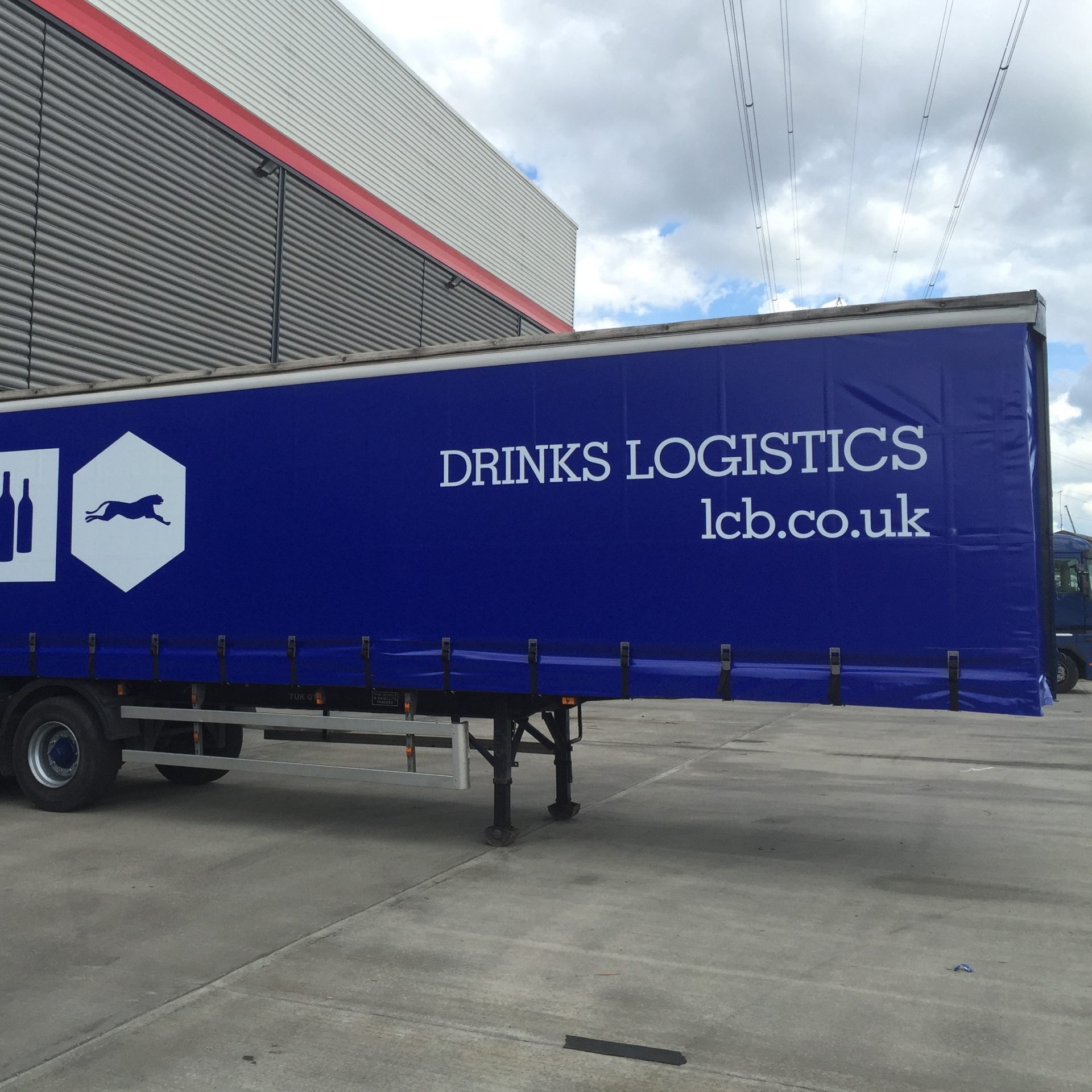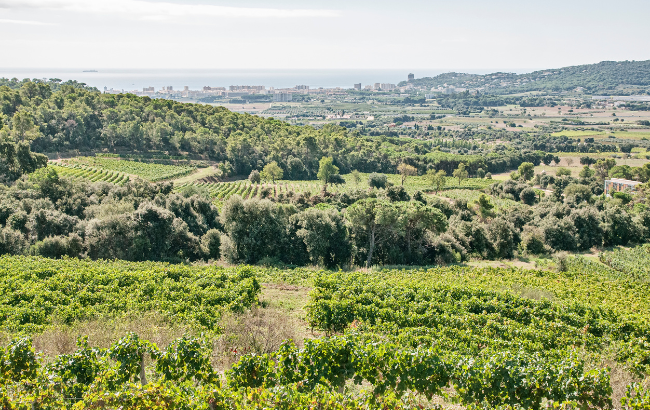Fine wine investment: risking it all
By Philip StaveleyFurther to last week’s article we are fielding a lot of questions in respect of risk, so it is probably worth while spending a little more time on the subject. The bottom line is that all investment considerations revolve to some degree around the concept of risk. The fact of life is that it sits on the opposite side of the balance sheet from that much more desirable concept, reward.
There is a wonderful scene in The Merchant Of Venice where the third suitor for the heroine’s hand chooses the casket bearing the words: “Who chooseth me must give and hazard all he hath”, and in exchange for taking this outrageous risk he hits the jackpot. The earlier two suitors had shunned the risk and left with nothing. This is the way of the world.
So where does fine wine investment sit in the world of risk? Well happily in the middle ground between Shakespeare’s suitors. You don’t need to give and hazard all you have, but you don’t leave with nothing. And the great thing is, you control it.
Certain investment professionals will tell you not to invest anything you cannot afford to lose. This is something of a ridiculous frightener, and simply scares many people into leaving their money in the bank. As part of my own diversification programme I have a cash ISA whose annual statement recently informed me that it was worth £13,394, and that over the last year it had accrued the princely total of £40.17. Little to be said for that in investment terms, really.
It is the same with investment advisers who suggest that as you approach retirement you should move all your pension into gilts and cash equivalents, in an attempt to de-risk your fund. To my mind this is nonsense, for two* reasons, one topical. If interest rates rise (as they seem likely to, before they fall from here) the capital value of your gilts will fall to offset the higher coupon. Not good!
In addition, this strategy is valid if you are going to fall off your perch within the next couple of years. If you intend to hang around for another 20 years or so, (we are living longer after all), then your growth investment strategy should not be de-risked for some years yet.
This is partly where fine wine investment comes in. It should be part of a growth strategy. Not an enormous part, because obviously that would be too high risk, but a sufficiently large part such that its performance benefits the whole portfolio on the upside, without having the weight to torpedo it unduly on the downside, should you be unlucky enough to coincide with one – they are very rare, statistically.
Most equity investment carries risk, obviously, so you balance the portfolio such that no individual stock has a disproportionately high (and therefore risky) weighting. You will have heard exactly the same arguments from Amphora about a fine wine portfolio.
Petrus crops up in this context. Most smaller portfolios can’t accommodate Petrus because of its high price. If half a case costs over £10,000 you need a portfolio of around £100,000 otherwise the weighting becomes high risk. Nevertheless we should still highlight relative value, not least because over the last decade they have started to do OWC 3-packs, and recent vintages tell an interesting tale.
Partner Content
2011 and 2013 were indifferent vintages in Pomerol, scoring 88 and 84 points respectively, but otherwise since 2008 the scores have been well into the 90s, the best of which being 2009 at 98. In 2010 the vintage score was 95, so given that in both years the individual Petrus wine score was 100, you might expect the 2009 to cost more. In fact, three bottles of 2009 cost £7,700 while three bottles of 2010 cost £8,800.
This is still too pricey for many portfolios, so what can we find around the £5,000 mark? Happily there are a couple of contenders. 2012 was a good year in Pomerol, achieving 94 points. Petrus more than matched the vintage quality with an individual score of 96+. Given that the 2014 vintage merited 94 and the wine itself 93 points you might expect the 2012 to be more expensive. In fact the 2014 costs £6,000 for 3 bottles whilst the 2012 only £5,000.
Check out the 2008 though. Vintage score of 96 and a wine score of 97, this is about to enter its drinking window. As such we might expect relative scarcity in the market to accelerate. Sitting pretty at £5,000 this also represents a great buy, superior indeed to the 2012.
So if your exposure to the fine wine market is in the region of £50,000, why not consider the inclusion of one of the world’s greatest names, at a price representing great relative value and a cost that doesn’t upset the risk profile?
Meanwhile if I’d bought the Liv-ex 50 index in November 2000 instead of a cash ISA what would my £10,000 stake be worth now? Oh just a cool £40,000. Heigh ho…
Philip Staveley is head of research at Amphora Portfolio Management. After a career in the City running emerging markets businesses for such investment banks as Merrill Lynch and Deutsche Bank he now heads up the fine wine investment research proposition with Amphora.




